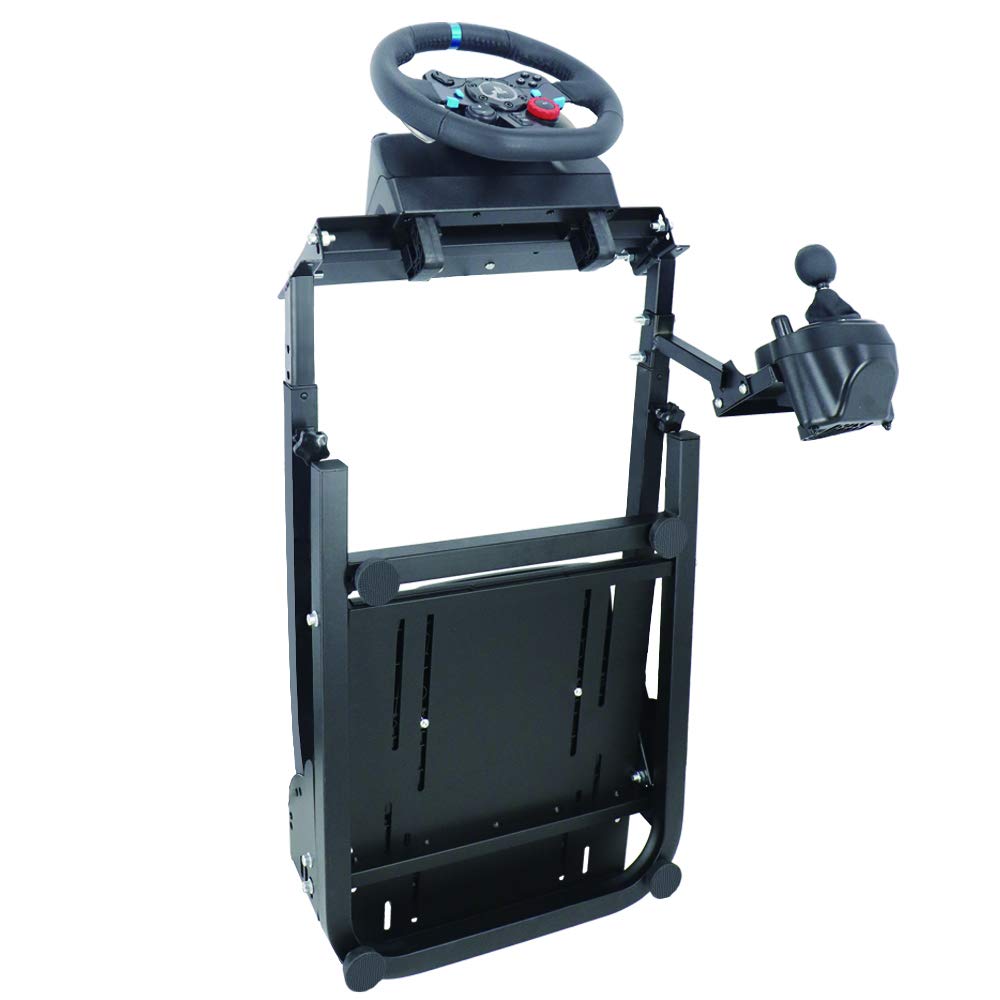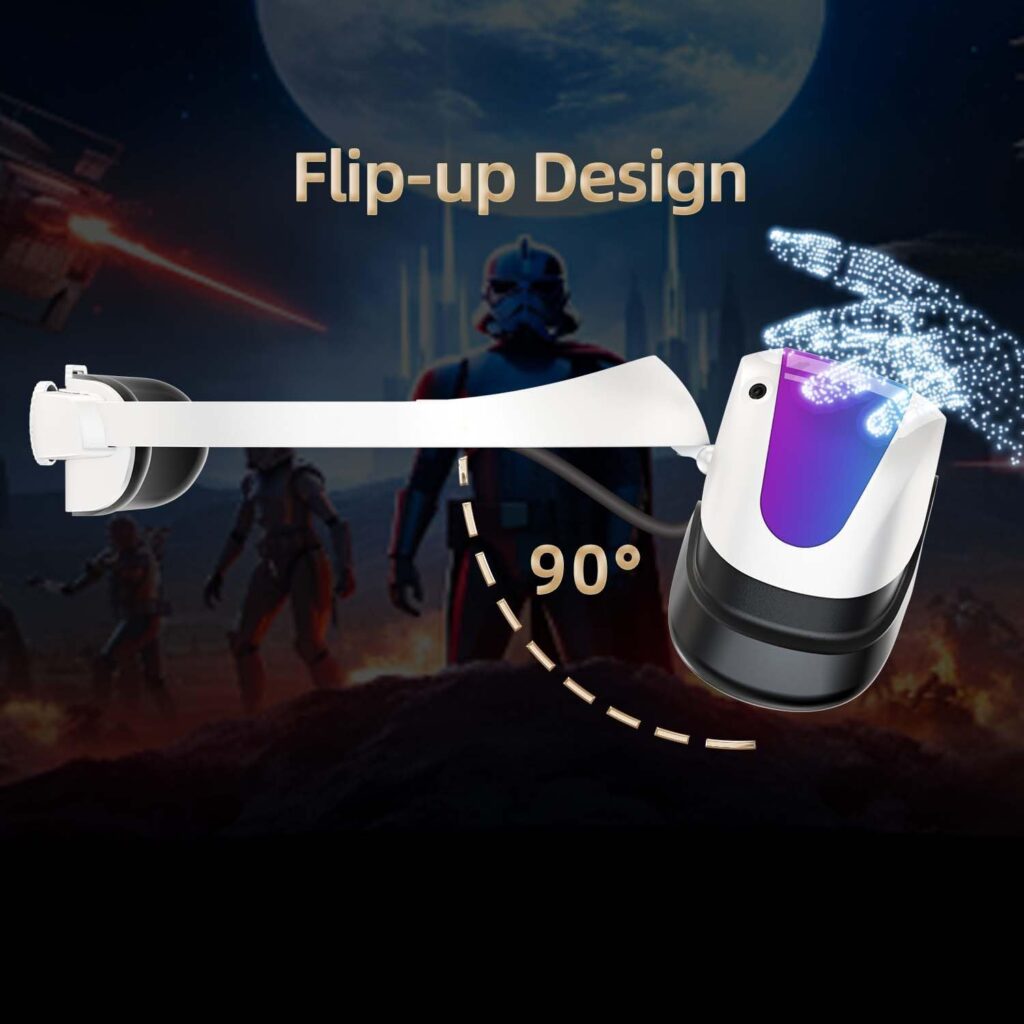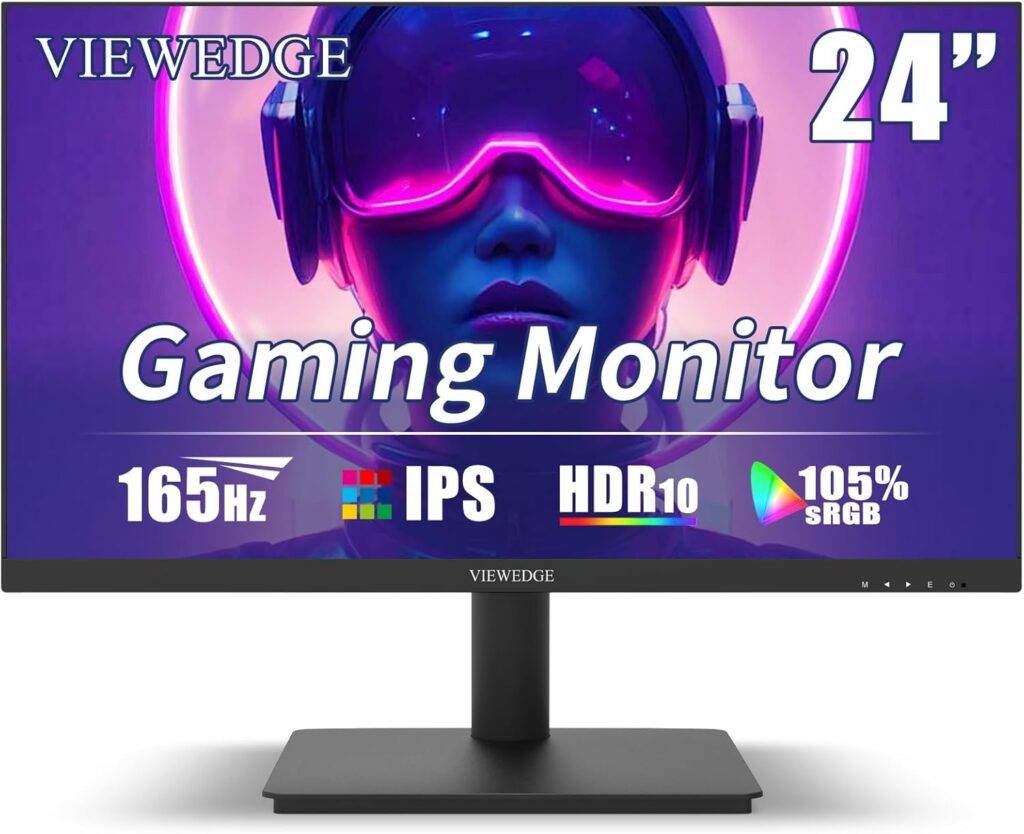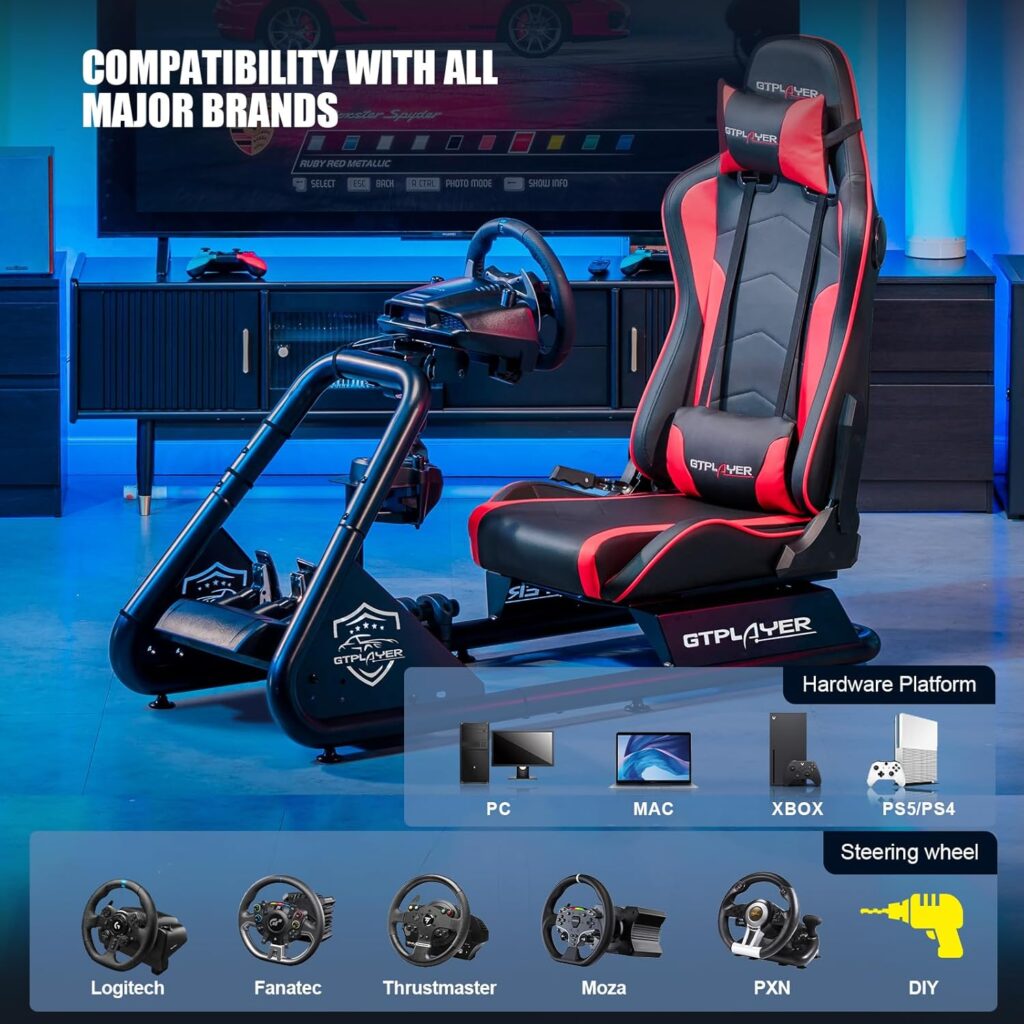Did you know that sim racing has experienced a surge in popularity over the past few years, with an estimated 18 million people participating worldwide? Whether you're a complete novice or have some experience under your belt, mastering the basics is crucial to becoming a skilled sim racer.
But where do you start? In this discussion, we'll explore the benefits of a beginner's course in sim racing and how it can provide you with the necessary foundation to excel in this exhilarating virtual sport.
So, if you're ready to take your skills to the next level and unlock the secrets of sim racing success, keep reading.
Key Takeaways
- Prioritize a stable and consistent setup over high-end gear when choosing sim racing equipment.
- Adjusting force feedback settings enhances the feel of the car's handling and grip.
- Utilize the trail braking technique to maximize grip and maintain control throughout a turn.
- Learn the racing line to take the smoothest and fastest path around the track.
Choosing the Right Sim Racing Equipment
When it comes to choosing the right sim racing equipment, it's crucial to consider your specific needs and prioritize a stable and consistent setup over high-end gear. As a beginner, you don't need to break the bank on fancy equipment. A steering wheel with force feedback is sufficient to get started. Force feedback technology allows you to feel the vibrations and resistance in the wheel, giving you a more realistic driving experience. It's like having the actual car's steering wheel in your hands.
Starting with a basic setup will give you a solid foundation to build upon. You don't need all the bells and whistles right away. Instead, focus on honing your skills and becoming comfortable with the force feedback steering wheel. As you progress and gain more experience, you can consider upgrading your equipment.
Understanding the language of force feedback is important as different cars have distinct force feedback characteristics. You'll learn how to interpret the subtle cues from the wheel, such as the feel of the road surface and the response to your inputs.
Understanding the Basic Controls and Settings
Now that you have a solid foundation with your force feedback steering wheel, let's dive into understanding the basic controls and settings of sim racing. Mastering these controls and settings is crucial for improving your driving skills and maximizing your performance on the virtual track.
Firstly, adjusting the force feedback settings on your steering wheel can greatly enhance the feel of the car's handling and grip. Experimenting with different settings can help you find the perfect balance that suits your driving style.
Another important aspect to consider is left foot braking. This technique involves using your left foot to apply the brakes while your right foot remains on the throttle. By mastering left foot braking, you can improve your control and responsiveness in various driving situations, such as approaching corners or executing quick overtakes.
When it comes to sim racing, choosing the right game is essential. Each game has its own strengths and weaknesses, so it's important to consider your personal preferences and engagement. Some games offer realistic physics and car handling, while others focus more on the competitive aspect. Researching and trying out different games can help you find the one that suits you best.
Sound feedback is another important aspect of sim racing. Tire noise, engine sounds, and other auditory cues can greatly enhance the overall experience and provide valuable information about the car's behavior on the track. Make sure to use headphones or a good speaker system to fully immerse yourself in the virtual world.
Lastly, paying attention to visual references and setting a suitable field of view is crucial. Proper visual references help improve your awareness and positioning on the track, allowing you to make better decisions while racing. Experimenting with different field of view settings can help you find the optimal view that provides the best balance between immersion and visibility.
Understanding and mastering the basic controls and settings of sim racing is essential for improving your driving skills and maximizing your performance. Take the time to experiment, practice, and find what works best for you.
Happy racing!
Mastering the Art of Cornering
To master the art of cornering in sim racing, you need to understand the delicate balance between acceleration, braking, and turning for maximum grip. Here are four key tips to help you become a cornering pro:
- Utilize the trail braking technique: When approaching a corner, try loading up the front tires by applying the brakes while turning. This technique maximizes grip and allows you to maintain control throughout the turn. Remember to gradually release the brakes as you exit the corner.
- Prioritize a slow in, fast out approach: When braking for a corner, aim to enter at a slightly slower speed. This allows you to maintain stability and control while setting up for a quick exit. To consistently hit the same braking points, use static permanent references, such as markers or lines on the track.
- Consider left foot braking: Left foot braking can be advantageous in certain situations, allowing for quicker reaction times. It requires coordination and practice, but once mastered, it can give you an edge in tight corners or when transitioning between braking and accelerating.
- Look ahead and use visual references: Instead of focusing solely on your current position, look ahead to where you want to be. Utilize visual references, such as trackside objects or markers, to gauge your positioning and timing. This helps you anticipate the corner and make smoother, more precise turns.
Developing Effective Racing Strategies
As you continue to hone your cornering skills, it's essential to complement your technique with effective racing strategies that will give you a competitive edge on the track. Developing these strategies is crucial for sim racers looking to improve their lap times and overall performance.
One key aspect of racing strategy is maximizing grip from your tires through fast cornering techniques. By understanding load transfer dynamics, you can effectively manage grip and stability during racing.
Another important technique is trail braking, which involves maintaining some brake pressure as you enter a corner. This technique not only maximizes grip during turning but also reduces braking distances, allowing you to carry more speed through the corner.
Braking techniques are also vital for effective racing strategies. It's important to prioritize speed on straight sections by using reliable braking points and releasing the brakes smoothly. Additionally, left foot braking, although initially uncomfortable for some, offers advantages in control and responsiveness on the track.
Improving Your Skills Through Practice and Training
Regular practice and analysis of your driving techniques are essential for improving your skills in sim racing. To make the most out of your practice sessions, here are four key areas to focus on:
- Learn the racing line: Understanding the optimal path around the track is crucial. Study the track layout and aim to take the smoothest and fastest line possible. This will help you carry more speed through corners and ultimately improve your lap times.
- Time your braking zones: Mastering the art of braking at the right moment is essential for maintaining control and maximizing speed. Experiment with different braking points and gradually push your limit to find the perfect balance between late braking and avoiding oversteer.
- Prioritize consistency over raw pace: While setting fast lap times can be satisfying, consistency is key in improving your driving skills. Focus on maintaining a steady pace throughout a race or practice session. This will help you develop muscle memory and refine your technique.
- Increase feedback through repetition: To enhance your learning and skill development, try to complete more attempts at corners and laps. The more you practice, the better you'll become at identifying areas for improvement and making adjustments.
Frequently Asked Questions
Can You Learn How Do You Drive With a Racing Sim?
You can definitely learn how to drive with a racing sim! The learning curve may vary, but the benefits are worth it. Sim racing allows you to practice and improve your driving skills in a safe and controlled environment.
It offers practicality by providing a cost-effective alternative to real-life racing. With realistic physics and accurate track reproductions, you can gain valuable experience and knowledge that can be transferred to real-world driving.
What Game Should I Start Sim Racing?
When it comes to choosing the right simulator to start your sim racing journey, it all boils down to personal preference. There are plenty of great options out there, each with their own strengths and weaknesses.
As for essential equipment, don't worry about going all out with fancy gear. Many skilled racers achieve fast lap times with basic equipment.
And if you're looking for a supportive community to help you get started, there are plenty of online communities for beginners to join and learn from.
How Do You Get Good at Sim Racing?
To get good at sim racing, you need to develop proper techniques, master different racing disciplines, and improve your reaction times.
It's all about practice and consistency. Start by learning the basics, like smooth control inputs and understanding load transfer.
Then, focus on braking techniques and trail braking to optimize grip. Don't forget to work on your reaction times, as quick reflexes are crucial in racing.
With dedication and practice, you'll be zooming past the competition in no time.
Can You Make a Career Out of Sim Racing?
Yes, you can definitely make a career out of sim racing! Sim racing offers potential earnings through sponsorships, partnerships, and prize money from professional leagues and competitions.
To attract sponsors and build lucrative partnerships, focus on showcasing your skills, engaging with your audience, and creating high-quality content.
Participating in professional leagues and competitions will provide you with opportunities to compete at a professional level and gain recognition in the sim racing community.
With dedication and consistent performance, sim racing can be a financially viable career choice.
Conclusion
Congratulations! You have completed the beginner's course in sim racing and now possess the knowledge and skills to conquer any virtual track.
Remember, it's not about the price tag on your equipment, but rather the passion and dedication you bring to the game.
So, strap in, rev up your engine, and get ready to leave your competitors in the dust.
Happy racing!




